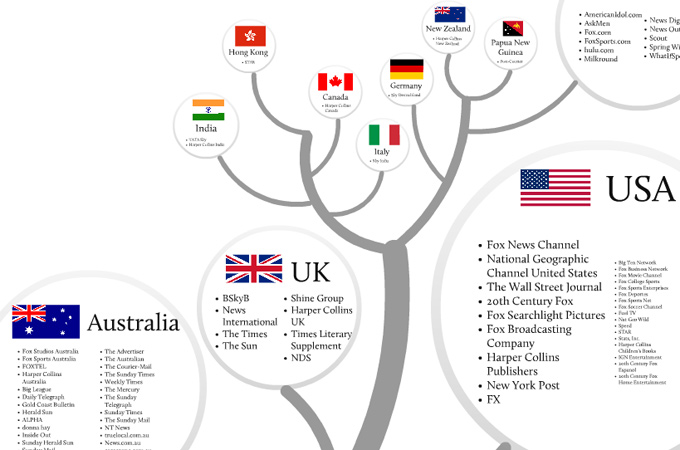Post colonialism is a massive factor in how the audience views the media. Theorists such as J McDougall and Natalie Fenton look at the link between society and media. J McDougall wrote a book called “Fake News vs New Media” and N.fenton quoted from the book “I’ve always said you can’t understand the world without the media nor the media without the world”. N.Fenton is suggesting from this quote that the media today is so powerful that it persuades and shapes ideologies. For example the media has shaped what the female and Male stereotype is. It also suggests that the world wouldn’t be as it is today without the media as the media has shaped how the world views things and how the world sees and interprets everything.
The music videos “Letter to the free” and “Ghost town” both challenge social ideologies and show post colonialism in contrasting ways . Firstly, letter to the free is about speaking up about racism and trying to end the black and white divide in society. In contrast to letter to the free being about trying to create equal rights, Ghost town refers back to the economic depression and the employment rates going up in London which went spiralling out of control. Both these music videos can be seen to be radical because they are challenging social ideologies and are trying to enforce change against discrimination and to fix the economic chrisis.
Paul Gilroy and W.E.B. du Bois proposed the idea of “Double consciousness” .Double consciousness defining itself as the internal conflict experienced by subordinated or colonized groups in an oppressive society. This links to both the music videos because the setting in Ghost Town is in the UK during the economic crisis, which left people without jobs. Similarly, Letter to the Free is set in an oppressive society in America because black people are experiencing discrimination. The term also referred to Du Bois’s experiences of reconciling his African heritage with an upbringing in a European-dominated society, In his book “Black Atlantic” about a distinct black Atlantic culture.
Post-colonialism helps us to be able to understand the concept of “the other”. A theorist that explores this is Jacques Lacan who came up with the mirror theory. The mirror theory is the young child’s identification with his own image. In simpler terms, when a child first recognises themselves in a reflection in the mirror, (what Lacan terms the “Ideal-I” or “ideal ego”), a stage that occurs anywhere from 6-18 months of age. However this also means that we never see ourselves as a whole, we simply see a reflection to judge what others would see us as and who we are. This links to Letter to the Free and Ghost Town because everyone has a different interpretation of the music videos, not everyone will view them the same way. By understanding and exploring “the other” we are also understanding and exploring ourselves.
Furthermore, it is significant that music videos can change cultures and show the struggles they are facing. Louis Althusser talks about the Ideological state apparatus which is used to describe the way society structures itself to a line with its ideologies of identity, and right and wrong. Althusser suggests the way in which a subject’s identity is formed corresponds to the dominant ideology. Similarly, Gramsci came up with the theory of hegemony, which can illustrate how certain culture forms predominate over others, meaning that certain ideas can be more influential than others.
To conclude, it is clear that the idea of post-colonialism can be applied to both Letter to the Free and Ghost Town. The music videos are heavily influenced by racial status, social class and culture. For example, a letter to the free is all about black people’s inequalities which is therefore telling us that the point in the music video is to simply ask for equality amongst all people no matter their race, age, gender or social class. Ghost Town is also trying to get a point across which is to bring awareness to the economic crisis and its severity and the impact it had on people.


